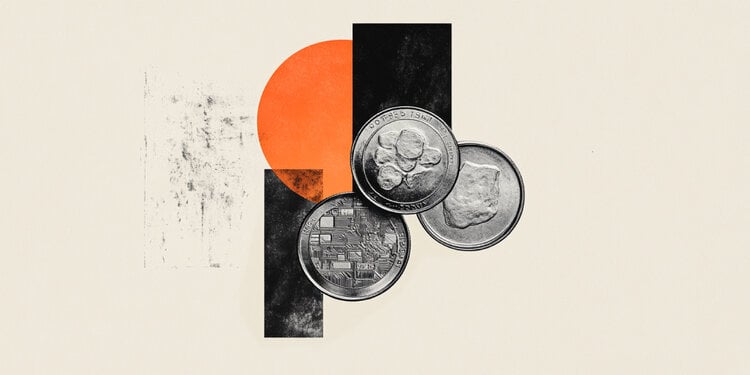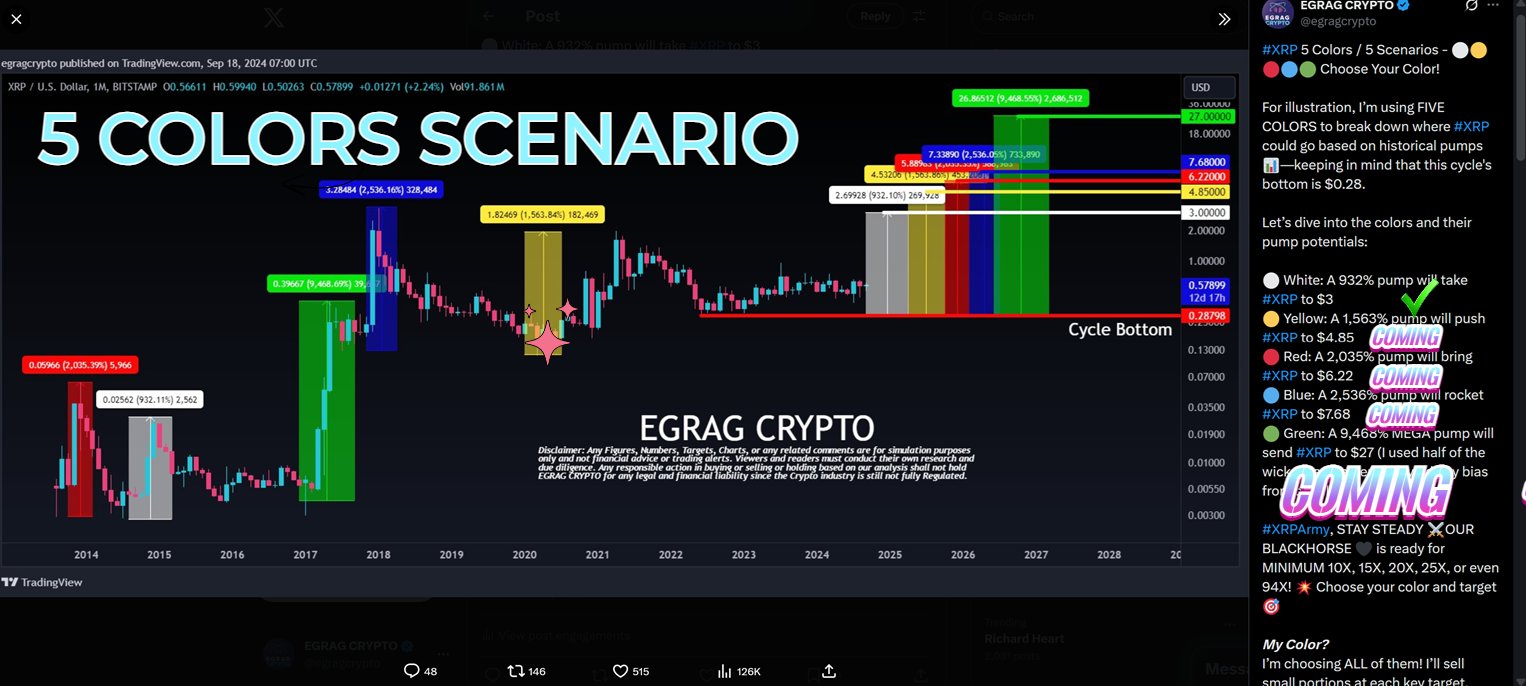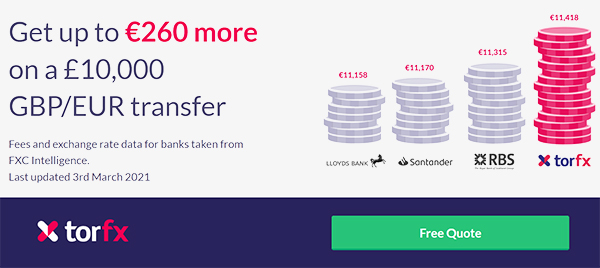Category: Forex News, News
XAG/USD flattens around $34, Trump’s tariffs in focus
- Silver price trades sideways around $34.00 as investors await the release of a detailed reciprocal tariff plan by US President Trump on Wednesday.
- Trump tariffs will result in a downgrade of global economic growth, including the US.
- Fed Daly’s confidence has declined in her expectations of two interest rate cuts this year.
Silver price (XAG/USD) wobbles around $34.00 in Monday’s European session. The white metal trades flat as investors have sidelined to have a clear view on global economic outlook, with United States (US) President Donald Trump to unveil reciprocal tariffs on Wednesday.
Donald Trump is set to announce reciprocal levies on so-called “Liberation Day” after which tariffs be equivalent charged by other nations on the US for same products. The impact of reciprocal tariffs is expected to be significant on the global economic growth. The appeal of precious metals, such as Silver, increases amid heightening global economic tensions.
Investors expect Trump tariffs will also weaken the US economic growth, given that the impact of higher tariffs will be borne by US importers. This will also result in a resurgence in inflationary pressures.
Fears of US economic risks and accelerating price pressures in the near term have forced federal Reserve (Fed) officials to maintain a restrictive monetary policy guidance. On Friday, San Francisco Fed Bank President Mary Daly expressed that her confidence is easing in her expectations that there will be two interest rate cuts this year. Her confidence on two interest rate cuts this year shaken after the release of the US core Personal Consumption Expenditure Price Index (PCE) data for February, which accelerated at a faster-than-expected pace of 2.8% compared to estimates of 2.7% and the former release of 2.6%.
Historically, firm expectations for the Fed’s higher-for-longer interest rate stance weigh on non-yielding assets, such as Silver.
Silver technical analysis
Silver price advances toward the flat border of the Ascending Triangle chart pattern formation on the daily timeframe near the October 22 high of $34.87. The upward-sloping border of the above-mentioned chart pattern is placed from the August 8 low of $26.45. Technically, the Ascending Triangle pattern indicates indecisiveness among market participants.
The 20-day Exponential Moving Average (EMA) near $33.30 continues to provide support to the Silver price.
The 14-day Relative Strength Index (RSI) rebounds above 60.00, suggesting a resurgence in bullish momentum.
Looking down, the March 6 high of $32.77 will act as key support for the Silver price. While, the October 22 high of $34.87 will be the major barrier.
Silver daily chart
Silver FAQs
Silver is a precious metal highly traded among investors. It has been historically used as a store of value and a medium of exchange. Although less popular than Gold, traders may turn to Silver to diversify their investment portfolio, for its intrinsic value or as a potential hedge during high-inflation periods. Investors can buy physical Silver, in coins or in bars, or trade it through vehicles such as Exchange Traded Funds, which track its price on international markets.
Silver prices can move due to a wide range of factors. Geopolitical instability or fears of a deep recession can make Silver price escalate due to its safe-haven status, although to a lesser extent than Gold’s. As a yieldless asset, Silver tends to rise with lower interest rates. Its moves also depend on how the US Dollar (USD) behaves as the asset is priced in dollars (XAG/USD). A strong Dollar tends to keep the price of Silver at bay, whereas a weaker Dollar is likely to propel prices up. Other factors such as investment demand, mining supply – Silver is much more abundant than Gold – and recycling rates can also affect prices.
Silver is widely used in industry, particularly in sectors such as electronics or solar energy, as it has one of the highest electric conductivity of all metals – more than Copper and Gold. A surge in demand can increase prices, while a decline tends to lower them. Dynamics in the US, Chinese and Indian economies can also contribute to price swings: for the US and particularly China, their big industrial sectors use Silver in various processes; in India, consumers’ demand for the precious metal for jewellery also plays a key role in setting prices.
Silver prices tend to follow Gold’s moves. When Gold prices rise, Silver typically follows suit, as their status as safe-haven assets is similar. The Gold/Silver ratio, which shows the number of ounces of Silver needed to equal the value of one ounce of Gold, may help to determine the relative valuation between both metals. Some investors may consider a high ratio as an indicator that Silver is undervalued, or Gold is overvalued. On the contrary, a low ratio might suggest that Gold is undervalued relative to Silver.
Source link
Written by : Editorial team of BIPNs
Main team of content of bipns.com. Any type of content should be approved by us.
Share this article:










